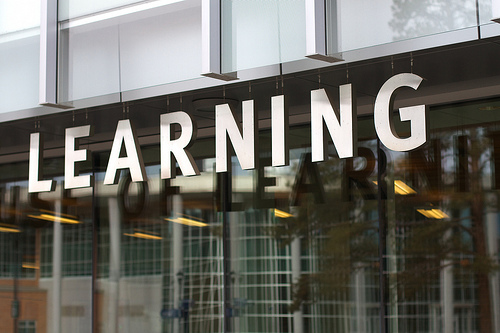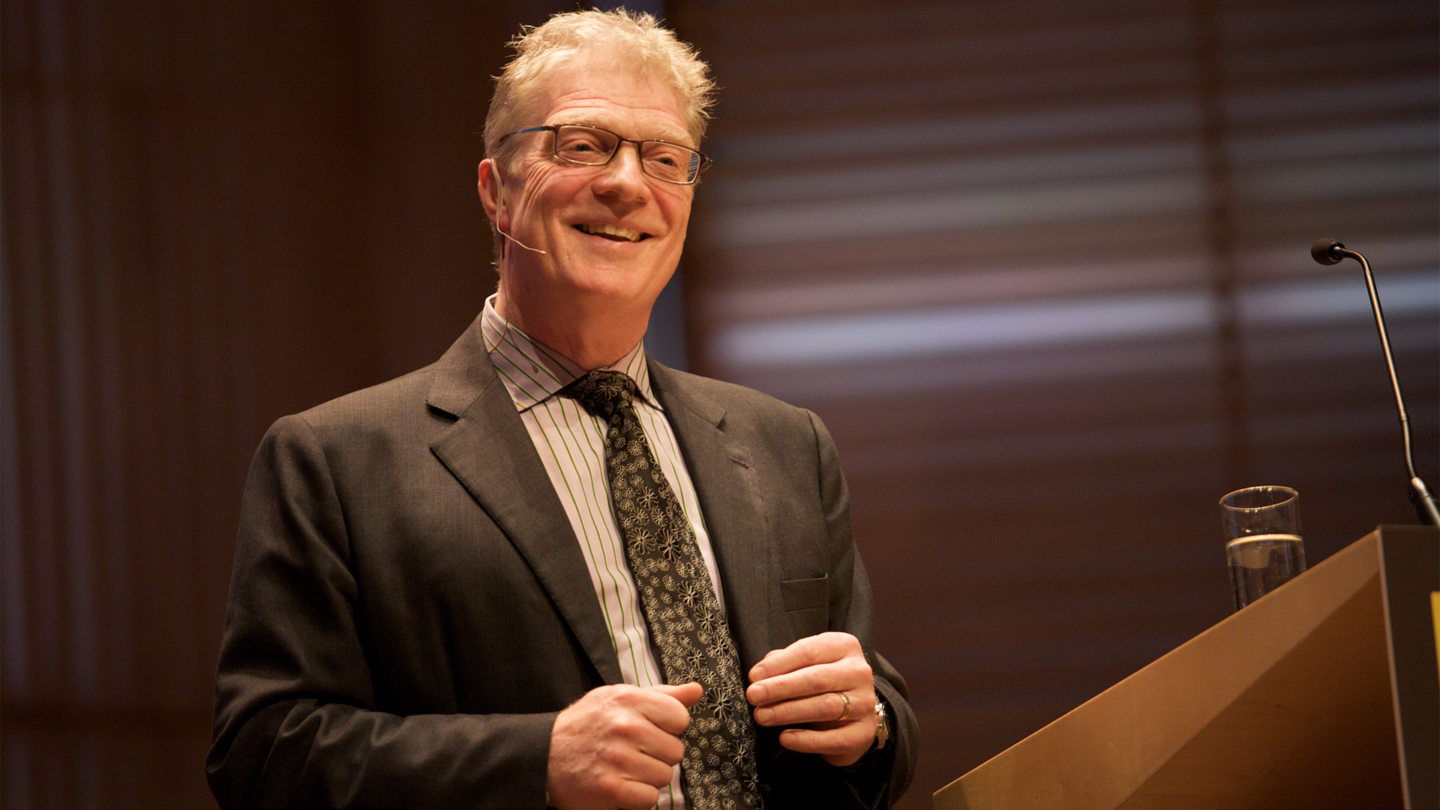A look at mastery based learning
Few middle schoolers are as clued in to their mathematical strengths and weakness as Moheeb Kaied. Now a seventh grader at Brooklyn’s Middle School 442, he can easily rattle off his computational profile.
“Let’s see,” he said one morning this spring. “I can find the area and perimeter of a polygon. I can solve mathematical and real-world problems using a coordinate plane. I still need to get better at dividing multiple-digit numbers, which means I should probably practice that more.”
Source: A New Kind of Classroom: No Grades, No Failing, No Hurry – The New York Times
One complaint of mine in regards to mastery based learning is the “skills in isolation” aspect, but it looks like MS442 has this covered.
Eventually, the school decided to switch to mastery-based education. Still, the move was slow. First, the school offered more hands-on group activities. For a seventh-grade math unit on ratios and proportion, for example, the class opened a pretend catering company. Students practiced their math skills as they figured out pricing and discounts for their menus.






